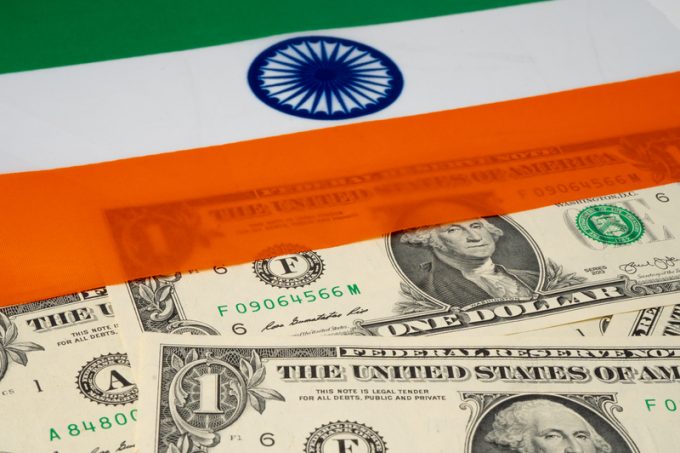Threat of rising oil price adds to frustration for crisis-hit supply chain chiefs
New warnings from the World Bank of surging oil prices, adding to the continuing instability ...

Indian cargo owners are facing multiple shipping cost shocks, even as they work through sailing disruptions and the associated challenges stemming from the Red Sea/Suez Canal crisis.
According to local forwarder sources, major carriers calling at Indian ports have implemented hikes in their local tariffs, especially terminal handling charges (THCs) this month and, in some cases, again in February.
A Mumbai-based forwarder told The Loadstar: “The scale of hikes at Nhava Sheva being implemented is in the range of 5% or so.”
To illustrate, the source noted that Hapag-Lloyd is charging R10,689 ($129) per 20ft container and R16,629 ($200) per 40ft for export loads through Nhava Sheva terminals. Maersk’s new THC rates are R9,790 ($118) and R14,900 ($180).
And, according to industry sources, CMA CGM will also revise its THC rates at the ports of Nhava Sheva and Pipavav from 2 February.
Given the distinctly varied nature of ancillary collections in container shipping parlance – from carrier to carrier, and from terminal to terminal within the same port, THCs remain a most controversial subject.
Additionally, MSC recently pushed its export documentation charges substantially higher for Indian trades, with seaway bill of lading (B/L) fees revised to R6,500 (about $78) per document, plus local taxes, up from a normal base level of R4,250 ($51).
These local container tariff changes coincide with a flurry of hefty general rate increase (GRI) and surcharge announcements across tradelanes, which carriers say are inevitable in order to cover the additional costs of rerouting vessels around the southern tip of Africa, in the wake of Red Sea security issues.
Some carriers have already announced several rounds of rate increases for this month, rekindling fears of a repeat of Covid-induced sky-rocketing cargo booking prices for shippers.
For example, MSC’s GRI plans include a $500 per container hike from tomorrow and again from 22 January, as well as a $1,000 per box hike from 29 January on India-US trades. The carrier has also lined up peak season surcharges on the same tradelane: $500 per container from tomorrow, $800 per container from 22 January and $1,600 per container from 29 January. Meanwhile it has announced a $1,000 per container GRI from 8 February for Indian shipments to the US west coast.
Check out this clip of Xeneta’s Peter Sand talking about how much capacity Cape diversions will take out of the
global container shipping system
Meanwhile, India has further stepped up its naval presence in the Arabian Sea and Gulf of Aden after security concerns for commercial ships passing through the region, after recent incidents involving drone attacks and an attempted hijacking.
“While these cases are really concerning, it’s too early to make a call that the crisis is widening,” a container shipping industry official told The Loadstar.
“A return to normal supply chains would hinge on how effective the [US-led naval deterrent] Operation Prosperity Guardian is, and the efforts of the global community to keep the Israel-Hamas war localised,” the official added.
Indian could potentially face a $30bn drop in exports if exporters hold back on shipments due to rising fears, according to a New Delhi-based thinktank, reports Hindustan Times.
You can reach the writer at [email protected].
Comment on this article